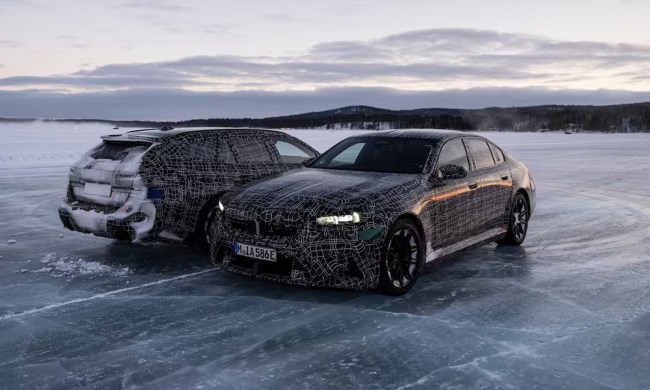The automotive industry is changing rapidly. Electric vehicles were once niche products, but they’re far more commonplace now. Ask anyone if they thought the Hummer brand would be revived as mega-powerful and expensive electric vehicles and they probably would’ve cut you off of the hard stuff. We live in a very strange time, as least when it comes to the world of cars, but things are only going to get more interesting in the future.
While no one has a crystal ball to see into the future — if you do, feel free to tell us just how bad things are going to get — here are some car trends we expect to see in 2023. This is by no means a set list of certainties, but rather an educated guess based on what we saw in 2022. Some trends are exciting ones that we can’t wait to see, but others will have you reaching for your pitchforks.
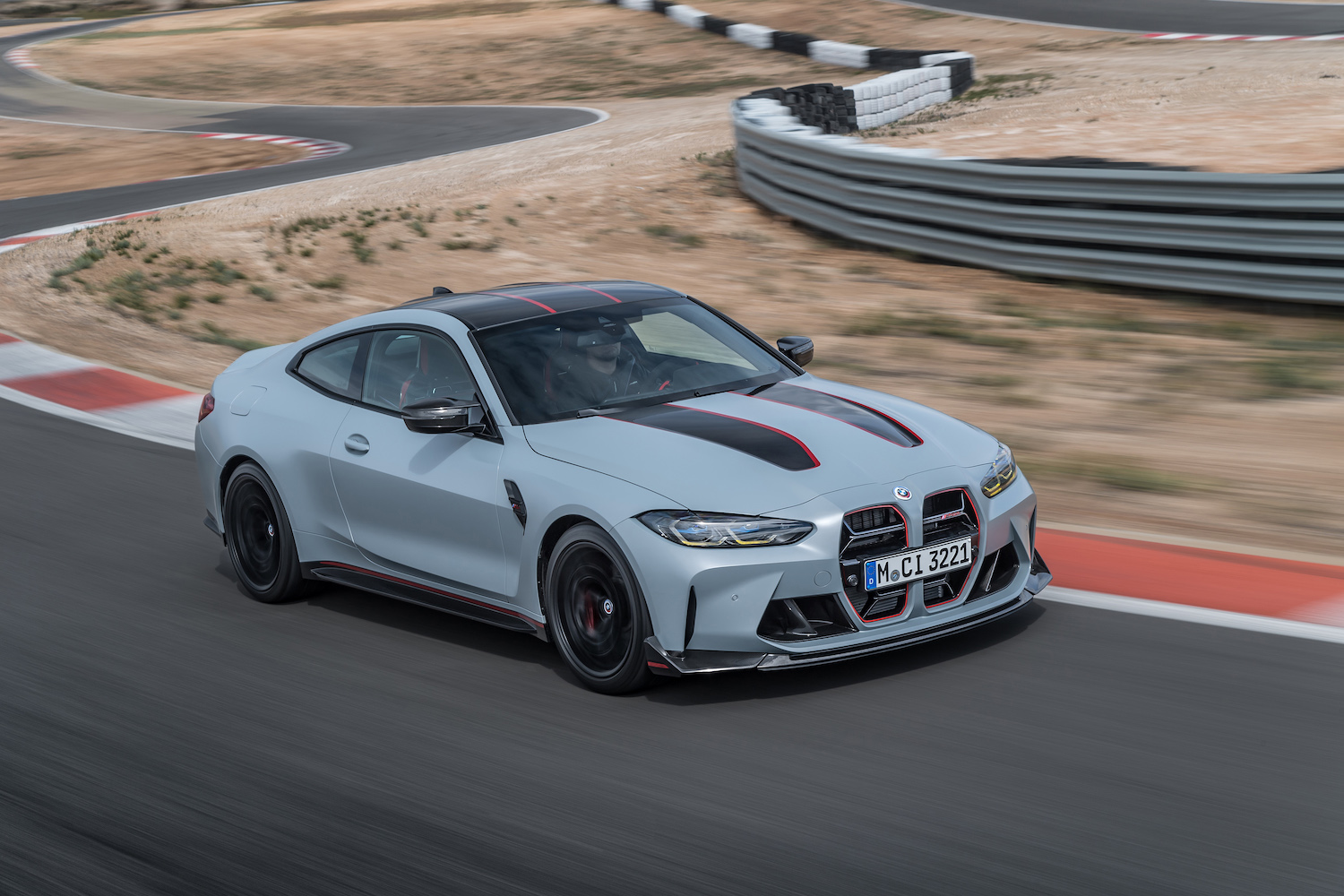
Higher prices
Everyone believed that pricing for new vehicles would go down in 2022. With the COVID-19 pandemic winding down, experts believed that the semiconductor chip shortage wouldn’t be an issue anymore, leading to more available features at dealerships. While that’s partly the case, automakers are still struggling with supply chain issues. Additionally, materials are more expensive than they were last year — at least that’s the excuse a lot of brands are giving. Unfortunately, it looks like shoppers will be paying more for vehicles in 2023.
Ford, BMW, Kia, Cadillac, Chevrolet, Lexus, Mercedes-Benz, Honda, Toyota Hyundai, and more are all raising prices for their vehicles. You know things are bad when BMW raises the prices of its vehicles, because the German automaker generally stays away from price hikes. Regardless, most of BMW’s cars are going up by $1,000 for 2023. This isn’t a good sign for shoppers, as vehicles are already more expensive than ever before.
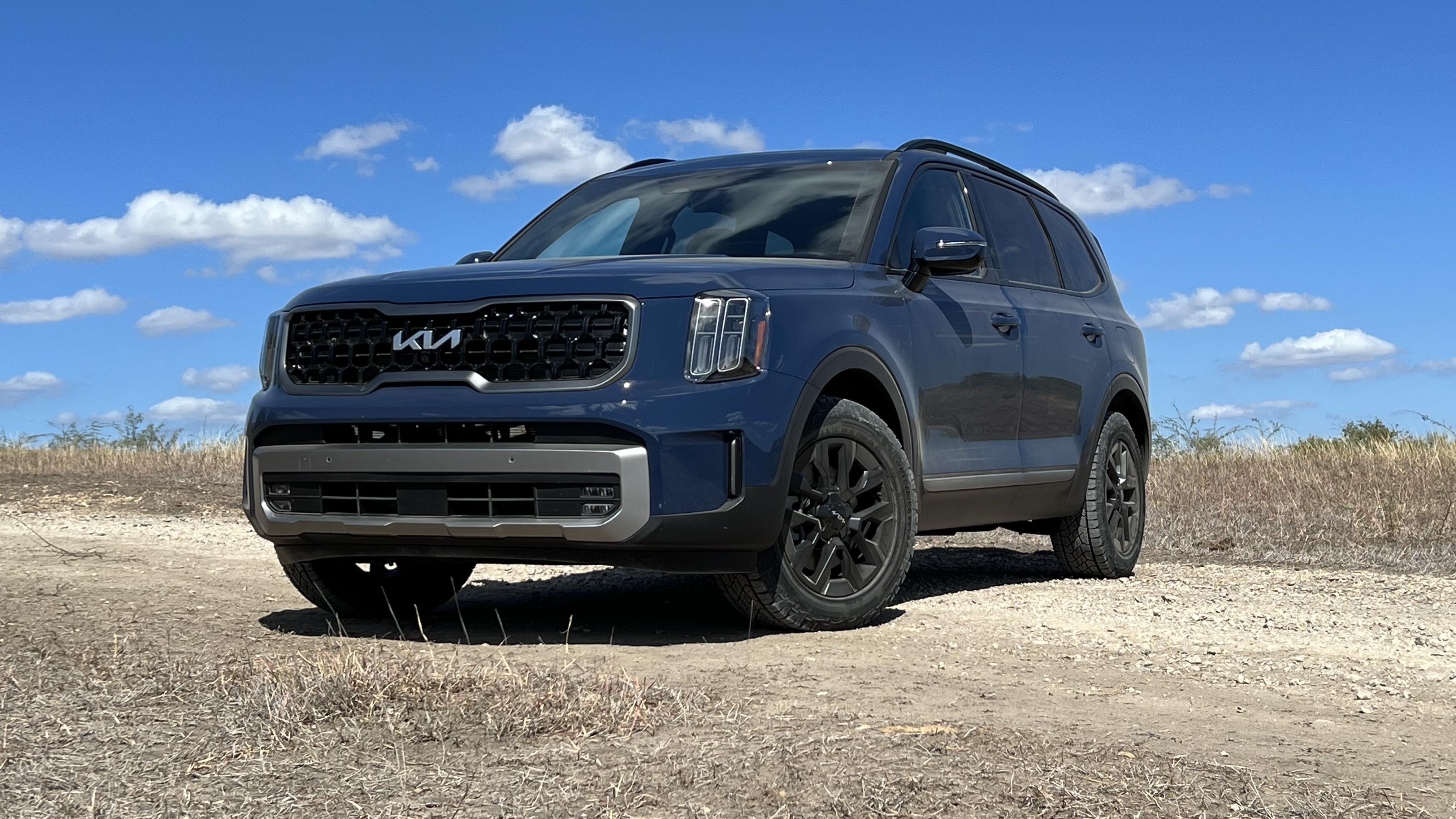
More quasi-off-roaders
COVID-19 forced or allowed people — depending on how you look at things — to go outdoors. While hiking and leisurely strolls did it for some people, others decided to try their hand at off-roading and overlanding. If you’ve never heard of overlanding, it’s a relatively new hobby in which people upgrade their four-by-fours to be able to tackle different types of terrain, but in a way that allows people to also live in their vehicles. Think of it as camping, but using your car as a central hub. Overlanding has become such a huge success that automakers that have no reason to be offering off-road versions of models are selling rugged vehicles of practically everything, and we don’t think that trend will let up in 2023.
Sure, you have off-road-ready vehicles like the Jeep Wrangler, Ford Bronco, Toyota Tacoma TRD Pro, and Land Rover Defender, but Kia will sell you a Sportage that looks like it can tackle mountains with the X-Pro line. Mazda, a brand that normally focuses on beauty and on-road enjoyment, entered the scene with the CX-50. Honda, which hasn’t had a hardcore off-roader in its lineup for quite a few years, is doubling down on its TrailSport line.
Whether you need a vehicle that can go off-roading or you just want something that looks like it can, we think the rugged SUV trend will continue to grow in 2023.
Expanded subscription plans
The automotive industry lost its cool when BMW showed the possibility of introducing a subscription service for heated seats and steering wheels in its vehicles. Everyone decried it as a horrible idea, and nearly every journalist took to the internet to lambaste BMW for even thinking about such a terrible thing. Even though everyone in their right mind cursed BMW for floating the idea of a subscription plan, other automakers have caught on and put similar plans into service. There’s no doubt that the trend will only increase in 2023.
General Motors and Ford have two of the more egregious subscription plans by requiring customers to pay for their advanced hands-free driver-assist systems called Super Cruise and BlueCruise, respectively. Focusing on GM’s Super Cruise for a minute here, the system is an option but requires additional packages and a monthly fee, it’s a lot more expensive than GM would have you believe. It’s not just these two; Toyota, Subaru, Lexus, and BMW all charge owners a fee to use a smartphone app to access certain things on their vehicles. Mercedes-Benz has introduced a subscription plan for owners to unlock extra performance from their EQE and EQS EVs.
Going forward, we’re probably going to see the car market introduce a lot more subscription plans in an attempt to see what consumers will actually pay for. It’s like a sick science experiment, but with car features.
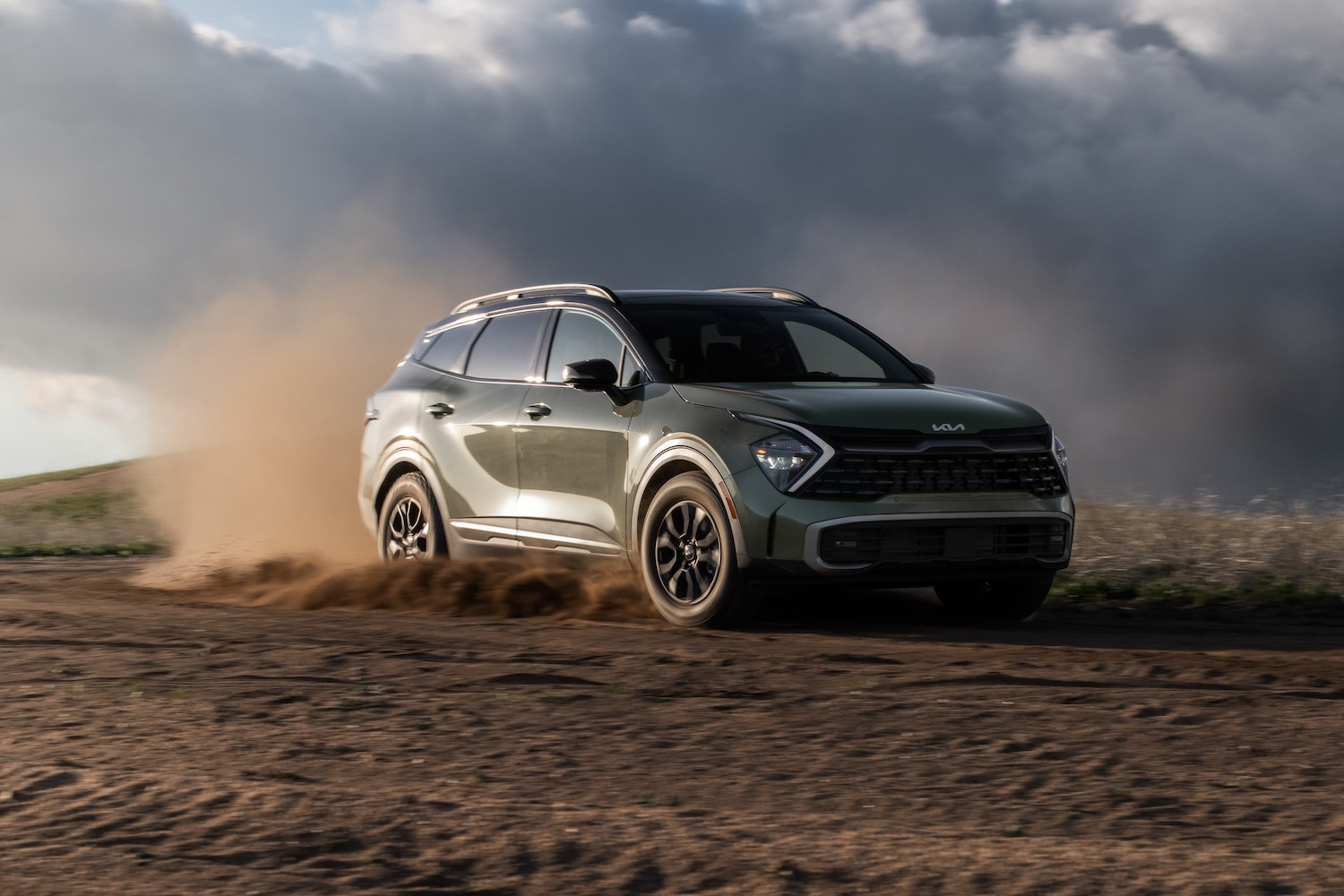
Continued switch to EVs
A whole slew of electric vehicles are expected to come out in 2023, including the Chevrolet Blazer EV, Chevrolet Equinox EV, Chevrolet Silverado EV, Hyundai IONIQ 6, an all-electric Jeep, and more. With more electric cars coming to market, we expect EV adoption, which has steadily been increasing in the U.S., to reach new heights. More people will make the switch to electric
One thing that we can also expect to see is the discontinuation of some inefficient gas-powered engines. Jeep just did something unusual by discontinuing the available 5.7-liter V8 engine in the Grand Cherokee in the middle of the SUV’s model year. We had known since September 2021 that Jeep would be dropping the V8, but Jeep picking the 2023 model year as the time to make it official reveals that most automakers won’t keep their gas guzzlers alive until the bitter end.
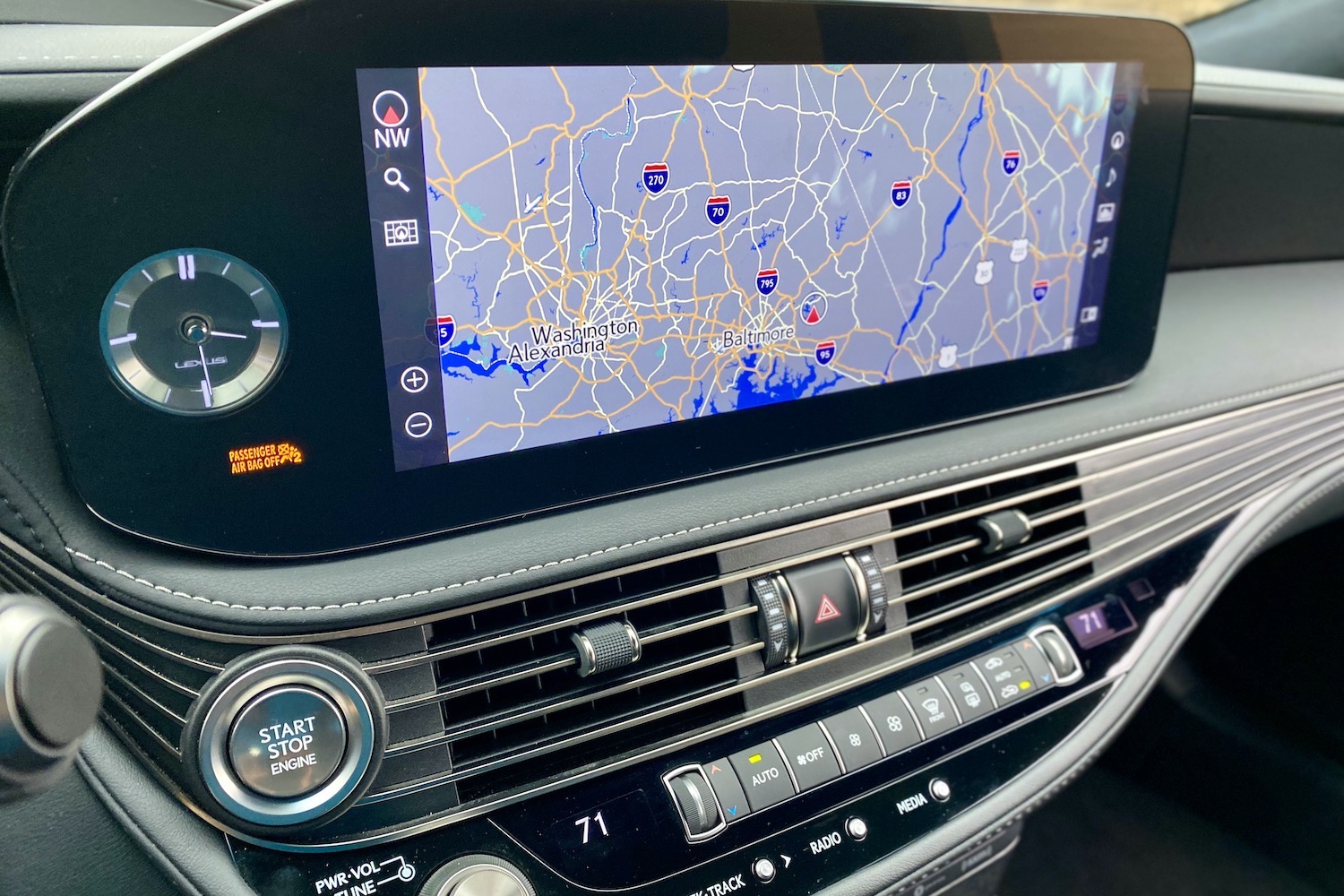
Larger screens, fewer physical controls
An 8-inch touchscreen was once seen as a luxury item, but now, even budget-friendly vehicles are available with two 12.3-inch screens. With automakers continuing to cram larger and larger screens into their vehicles, they’re starting to ditch physical controls. Infotainment systems used to have physical controls for things like tuning the radio, adjusting the volume, getting to the home screen quickly, or putting an address into the navigation system. Now you’re lucky if your car has a simple way to turn up the radio. The design choice was once secluded to high-tech EVs and luxury vehicles, but just like technology, it’s starting to spread everywhere. Pretty soon, your car won’t have any physical controls at all, with every single thing being controlled via a central Tesla-esque touchscreen.


